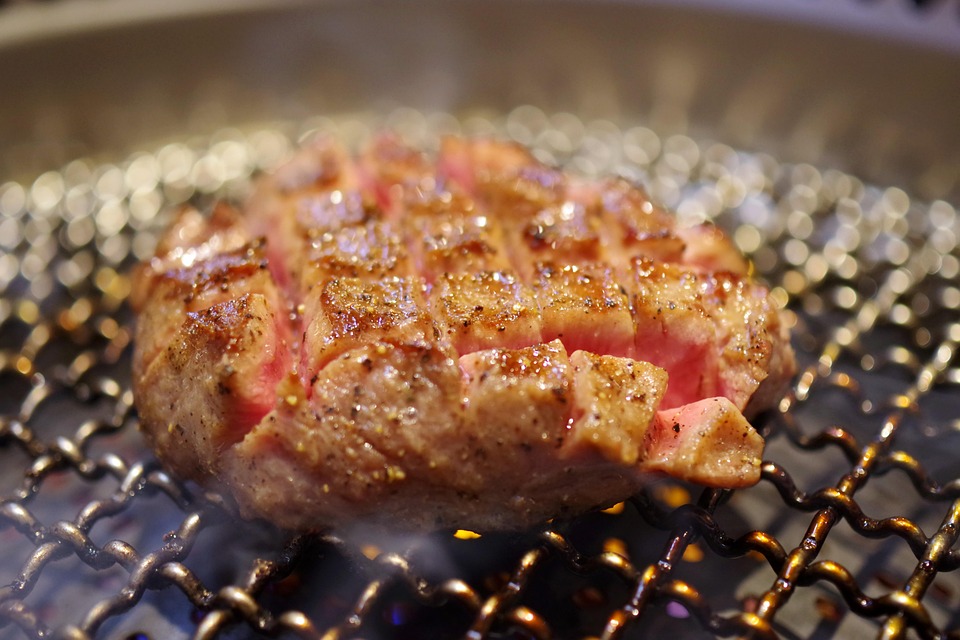Stress is an inevitable part of life, but it can lead to various emotional and physical responses, one of the most prevalent being food cravings. This blog post will delve into the intricate relationship between stress and food cravings, shedding light on why we gravitate towards certain foods during stressful times. We’ll explore how stress affects our body, the psychology behind cravings, and actionable strategies to manage this cycle.
What Are Food Cravings?
Food cravings are intense desires for specific foods, often triggered by emotional responses rather than nutritional needs. While a craving can arise from hunger, it is frequently linked to psychological factors, such as stress, boredom, or sadness.
Types of Food Cravings
- Emotional Cravings: Often tied to stress, anxiety, or emotional distress.
- Physiological Cravings: Related to actual hunger or nutritional deficiencies.
- Habitual Cravings: Developed from regular behaviors or routines.
The Stress Response: How It Works
When we experience stress, our body activates the “fight or flight” response, leading to the release of hormones such as adrenaline and cortisol. This hormonal surge can impact our eating behaviors in several ways:
The Role of Cortisol
Cortisol, often termed the “stress hormone,” promotes cravings for unhealthy foods, particularly those high in fat and sugar. Research shows that elevated cortisol levels can lead to:
- Increased appetite
- Preference for high-calorie foods
- Reduced metabolism
Brain Chemistry and Stress
Stress triggers neurobiological changes that affect eating behavior. The amygdala (responsible for emotional reactions) and the prefrontal cortex (involved in decision-making) are both influenced by stress, leading to poor food choices. When under stress, the brain may seek quick sources of energy, hence the cravings for sugary or fatty foods.
The Psychological Connection Between Stress and Cravings
Comfort Foods: A Double-Edged Sword
Many people seek comfort foods during challenging times—those calorie-rich, nostalgic dishes that evoke feelings of safety and happiness. While indulging in comfort food can provide temporary relief, it often leads to guilt and can exacerbate stress in the long run. Common comfort foods include:
- Ice cream
- Chocolate
- Pizza
- Fried foods
The Cycle of Stress and Eating
The connection between stress and cravings can create a vicious cycle:
- Stress –> Cravings: High-stress situations trigger cravings for unhealthy foods.
- Eating –> Temporary Relief: Consuming these foods may provide momentary comfort.
- Guilt & Shame: After eating, individuals may feel guilty, increasing stress levels.
- Repeat: This cycle can lead to emotional eating, weight gain, and heightened stress.
Social Influences
Social factors can also exacerbate the problem. Peer pressure, societal expectations, and media portrayals of “ideal” eating can negatively influence how we cope with stress through food.
Managing Stress-Related Food Cravings
Awareness of stress and food cravings is the first step toward breaking the cycle. Here are practical strategies to help manage these cravings effectively.
1. Mindfulness Practices
Mindfulness can help you become aware of your cravings without judgment. Techniques include:
- Meditation: Reduces stress and improves focus on your eating habits.
- Deep Breathing: Engaging in slow breathing exercises can help calm the mind and reduce stress.
2. Balanced Nutrition
Incorporating a balanced diet can curb cravings induced by stress:
- Increase Protein Intake: Foods high in protein can help stabilize your blood sugar.
- Include Healthy Fats: Avocados, nuts, and fish provide satiety and nutrients.
- Fiber-Rich Foods: Whole grains, fruits, and vegetables keep you full longer.
3. Physical Activity
Exercise releases endorphins, which can help alleviate stress and reduce cravings. Aim for at least 30 minutes of moderate physical activity most days of the week.
4. Establish a Routine
Creating a structured eating schedule can help manage cravings.
- Plan Meals: Incorporate regular, balanced meals to stabilize energy levels.
- Snack Smart: Choose healthier snack options like fruits, nuts, or yogurt to combat cravings.
5. Seek Emotional Support
Sometimes, talking about your stress can provide relief. Consider:
- Therapy: A professional can help you uncover emotional triggers.
- Support Groups: Connecting with others facing similar challenges can provide motivation and understanding.
Conclusion
Understanding the connection between stress and food cravings empowers you to make healthier choices. By recognizing the psychological and physiological factors at play, you can better navigate your food choices during stressful times. Implementing mindfulness, balanced nutrition, and physical activity can greatly mitigate the impact of stress on your eating habits.
Breaking the cycle of stress and cravings requires a commitment to self-awareness and healthy choices. Remember, it’s okay to indulge occasionally, but finding alternative coping strategies can lead to a healthier relationship with food and a more balanced life.
By managing stress effectively and being mindful of your cravings, you’re taking important steps toward improved health and well-being.
By focusing on understanding and addressing the unique relationship between stress and food cravings, this blog aims to provide valuable insights that encourage thoughtful engagement with food choices. Remember, every small step you take towards managing stress can lead to a healthier relationship with food.








 Weight Loss, Unlocked.
Weight Loss, Unlocked.